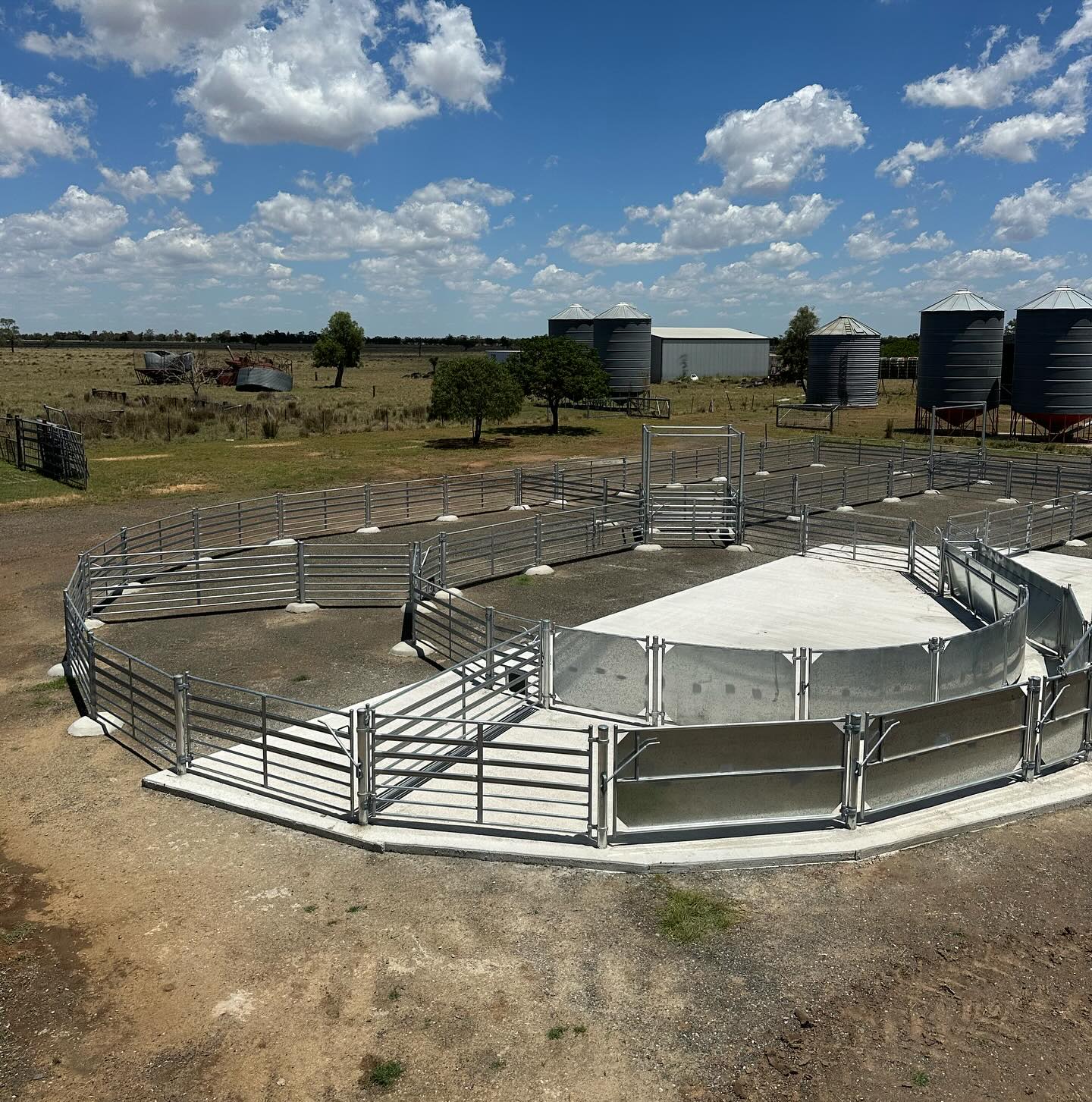Transfer yards (between holding and pressure yards). Transfer yards offer flexibility, allowing the movement of sheep to and from holding and handling facilities. They can be used for single throughout or for reprocessing from draft yards if needed. It’s important to consider smaller gates to enable accurate counting out of draft yards
Passive manipulation of the stock is achieved by using all aspects of light, slope, and a sense of escape, depending on yard orientation and size. Gate sizes should enable the stockperson to position themselves effectively to influence the movement of the stock and direct their flow. Diamond yard placement can encourage stock to flow and draw around it due to its influence on visual perception, particularly when the main gate is open with offset rails. This increases pressure, helping stock flow around and up. When pressure is applied from behind, sheep are less likely to stop or turn around, and will instead look forward for escape, which leads them into the bugle.
Pressure Yards These yards include the curved bugle, draft, and working race areas. They are narrow enough that the stockperson can apply pressure from outside the yard (inside the bugle) and control the flow through their visual presence alone. Orientation plays a significant role here, with yards having a northern aspect that encourages stock to flow through and out of the draft. These should be seen as pressure yards, not force yards. Consideration should be given to installing blind panels on the bugle arc. It’s important to note that the influence of creating space to encourage sheep flow is often underestimated, and it is a more ethical method of encouraging movement than applying pressure. The working race height should be considered, with a standard pivot point at 900 mm. The working race width should be 550 mm inside, with an average of 600 mm.
“Animal welfare has priority with the natural aspects of the site to encourage stock flow ensuring ethical sheep handling through minimum force required. “
Single / Double Working Race: The working race should be set back from the bugle diversion by 1-2 metres. This creates a ‘chute’ before the race starts, which holds 4-5 sheep at race width. As the race fills (with the help of a dog or stockperson), these sheep flow forward, filling the race to capacity.
Laneways linking the exit draft yards provide flexibility. Running sheep have a larger positive influence on movement than those mingling in a pen, and a serpentine design will encourage flow more effectively than a straight run out the gate. There should also be access to remove handlers or drafters if needed. PA gates should be positioned to place the stockperson in the best spot to encourage stock flow as they exit or enter yards. PA gates should not necessarily follow the shortest route, as this can increase stress on stock in particular pens.

